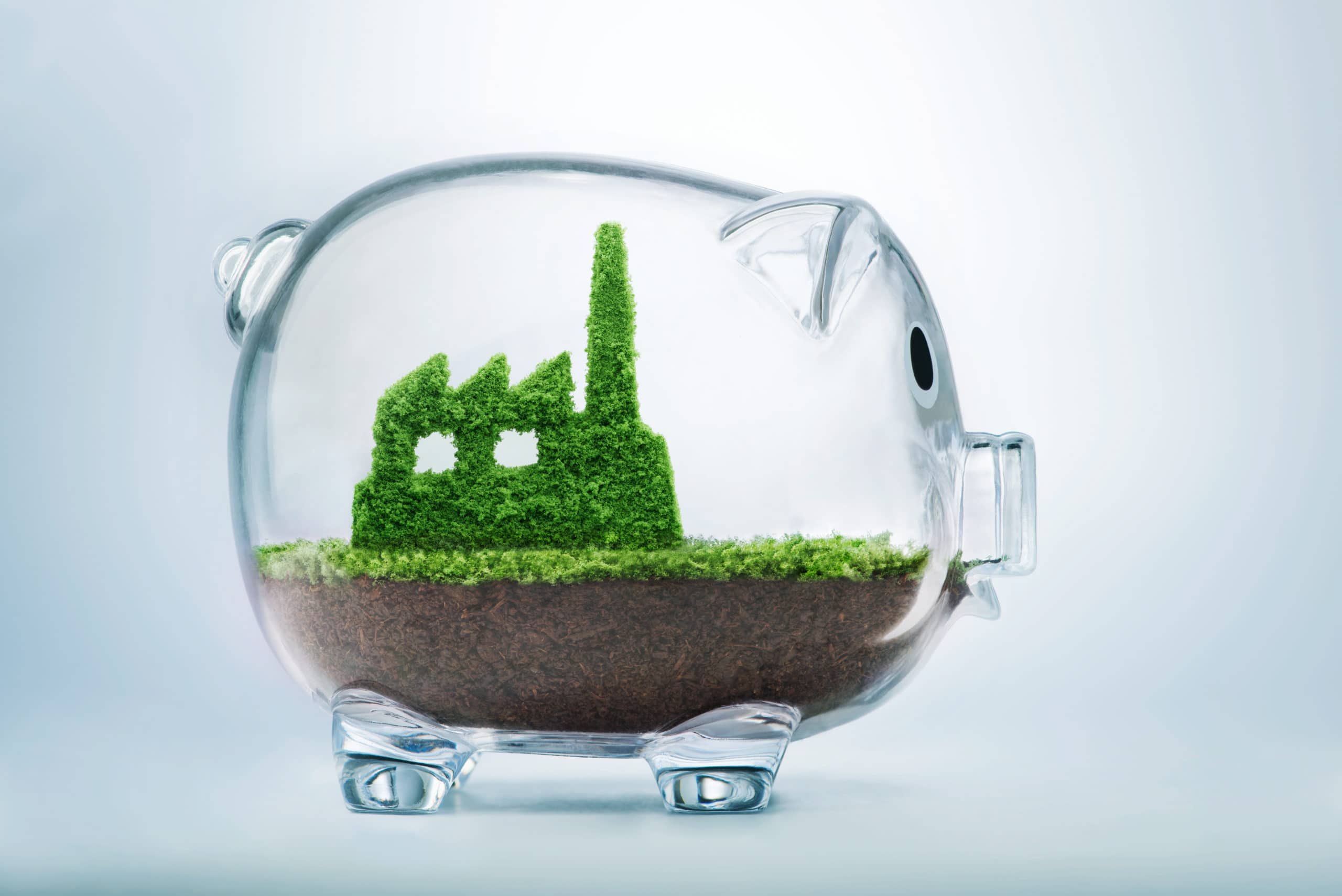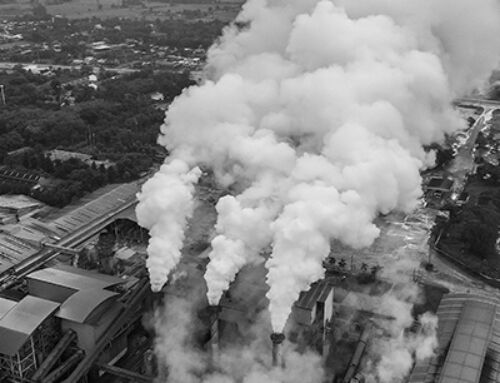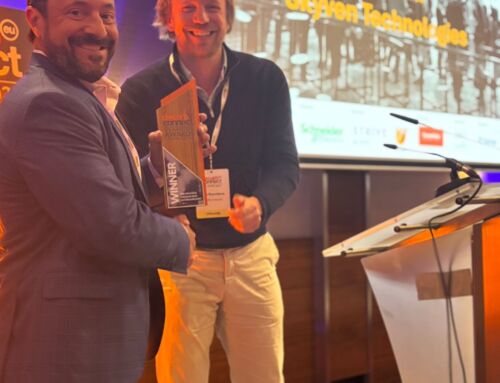For energy improvements to be sustainable they have to make financial sense. Sometimes that financial sense is easy to see — a more comprehensive solution at half the price; equipment that works at double the efficiency yet costs just a fraction more than the competition. Other times, the financial sense is not so obvious.
There are financial incentives and financiers available to lower or eliminate barriers to improving energy efficiency. And what’s better… industrials don’t even have to look for them. Energy Efficiency-as-a-Service providers will take care of everything so that the industrial customer only pays for real savings. This means the provider will:
- source financial options
- engineer energy-savings solutions
- install necessary equipment and technology
- manage the implemented energy system
Energy Efficiency-as-a-Service (EEaaS)
EEaaS is a business model that offers energy efficiency services to companies without charging upfront capital costs. Instead, the company enjoys reduced utility bills and pays the EEaaS provider a portion of the actual energy savings. Because efficiency is now a service with capital investment companies can often keep EEaaS agreements off-balance sheet.
EEaaS is great for companies wanting to decarbonize and decrease costs but don’t necessarily have the time or resources to spent on sourcing, implementing, and managing energy solutions. And the best part, this structure will create financial packets that take advantage of a wide range of incentives— such as those listed below— that make EEaaS agreements profitable for both the end customer and service provider.
Government tax incentives — the federal government (as well as some states) awards tax credits for both the implementation of renewable energy and the production of clean electricity.
The US Internal Revenue Service (IRS) offers a production tax credit (PTC) to commercial and industrial operations that generate electricity from renewable energy sources, such as wind, solar, biogas, or geothermal activity.
Qualifying industrial facilities can take advantage of federal tax credits for carbon capture and storage (some states also provide state-level incentives for clean energy projects and carbon capture and storage investments). This incentive encourages industrials to reduce their carbon emissions through proper storage or sustainable reuse of carbon emissions. This tax credit has become more appealing in recent years as the minimum carbon capture threshold has been lowered and the tax credit has expanded to include the capture and storage of both carbon dioxide as well as carbon monoxide.
Large institutional funding — government funding and institutional banks are prioritizing a clean energy transition by dedicating funds to environmental & social justice investments. This trend will accelerate the economy’s decarbonization as clean energy rollouts can be delivered at greater scale.
The US Department of Energy (DOE) is investing more and more into renewable energy. The DOE Loan Program Office manages upwards of $40 billion in funds for clean energy initiatives. The DOE also provides grants which funnel a significant amount of money into clean energy projects.
Government funding for sustainable energy projects happens at the state level as well. The California Energy Commission offers significant grants, such as the Food Production Investment Program (FPIP) which helps food processors save money, lower their energy costs, and reduce their greenhouse gas emissions. The New York State Energy Research and Development Authority (NYSERDA) also administers grants that support the development of renewable energy and energy-efficiency projects.
Investors are pouring money into mutual funds and exchange traded funds with environmental focus. With increasing demand from investors to move towards sustainable environmental investments, even Bridgewater Associates, the largest hedge fund in the world, has started a venture for sustainable investment.
Institutional banks see the writing on the wall as investors and demand shift away from fossil fuels and towards clean energy. For example, Bank Of America plans to deliver $1.5 trillion in clean energy funding by 2030. Other large banks have similar intentions, activity that sparks life for smaller institutions to make similar investments.
Third party financiers — confident in the technical reliability and economic payout of clean energy infrastructure, third party financiers— such as Kyotherm or Generate Capital— are financing significant portions of upfront capital costs in order to assist industrial transition to a cleaner, more prosperous future.
Conclusion
The exciting news is that energy-efficiency improvements create real savings. Industrial decarbonization has the potential to save industrials hundreds of thousands a year on operating costs while helping move the needle on climate change.
With sophisticated businesses and financial innovations ready to provide upfront capital and manage energy services, industrials can feel confident implementing energy-efficiency improvements. Improvements that will improve air quality, promote sustainability, and save money, freeing up capital to further boost other elements of their business.
Financial vehicles are ready — industrial adoption of sustainable energy practices needs to come next.





